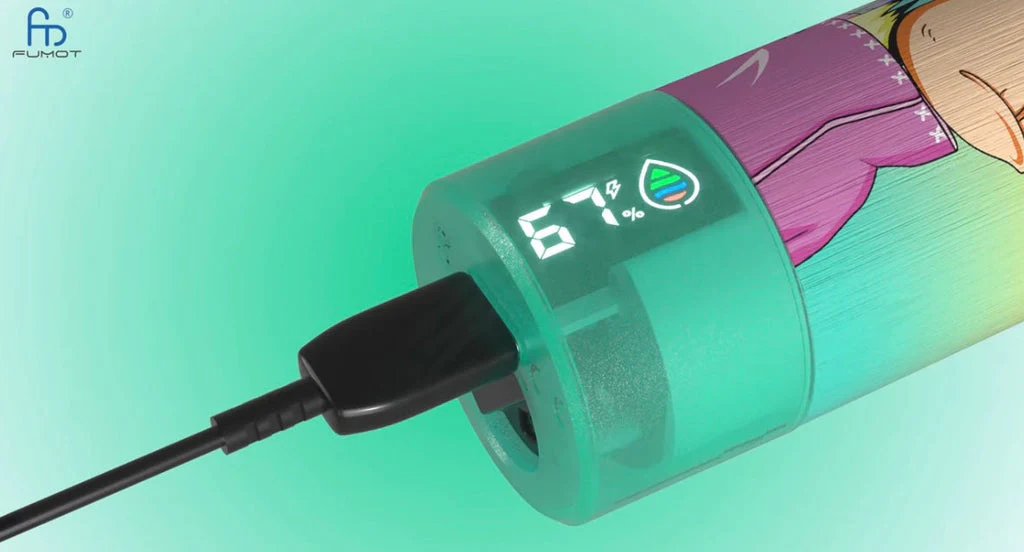Liquid cigarettes, also known as e-cigarettes, and paper cigarettes represent two distinct technologies for smoking. Liquid cigarettes deliver nicotine in a vaporized form, while paper cigarettes combust tobacco to produce smoke. The quality of smoke, or dym, varies significantly between the two, influenced by factors such as flavorings, nicotine concentration, and heating mechanisms.
Liquid cigarettes offer a customizable dym experience, allowing users to select from a wide range of flavors and nicotine strengths. The vapor produced is often described as smoother and less harsh compared to traditional smoke. However, the health impact of inhaling vaporized nicotine remains a topic of debate among experts.

On the other hand, paper cigarettes produce smoke that many users find more satisfying in terms of flavor and intensity. The combustion process releases a complex mixture of chemicals, including tar and carbon monoxide, which can have detrimental health effects. Despite this, traditional smokers often argue that the ritual and sensory experience of smoking paper cigarettes cannot be replicated by liquid alternatives.
When comparing the smoke quality of liquid and paper cigarettes, it's essential to consider personal preferences and health considerations. Liquid cigarettes may appeal to those seeking a less harsh smoking experience or looking to reduce their intake of harmful substances. Conversely, traditional paper cigarettes may be preferred by those who value the sensory aspects of smoking.
In conclusion, the choice between liquid and paper cigarettes ultimately depends on individual preferences and priorities. Whether prioritizing flavor, intensity, or health, understanding the differences in smoke quality between these two types of cigarettes can help smokers make informed decisions about their smoking habits.